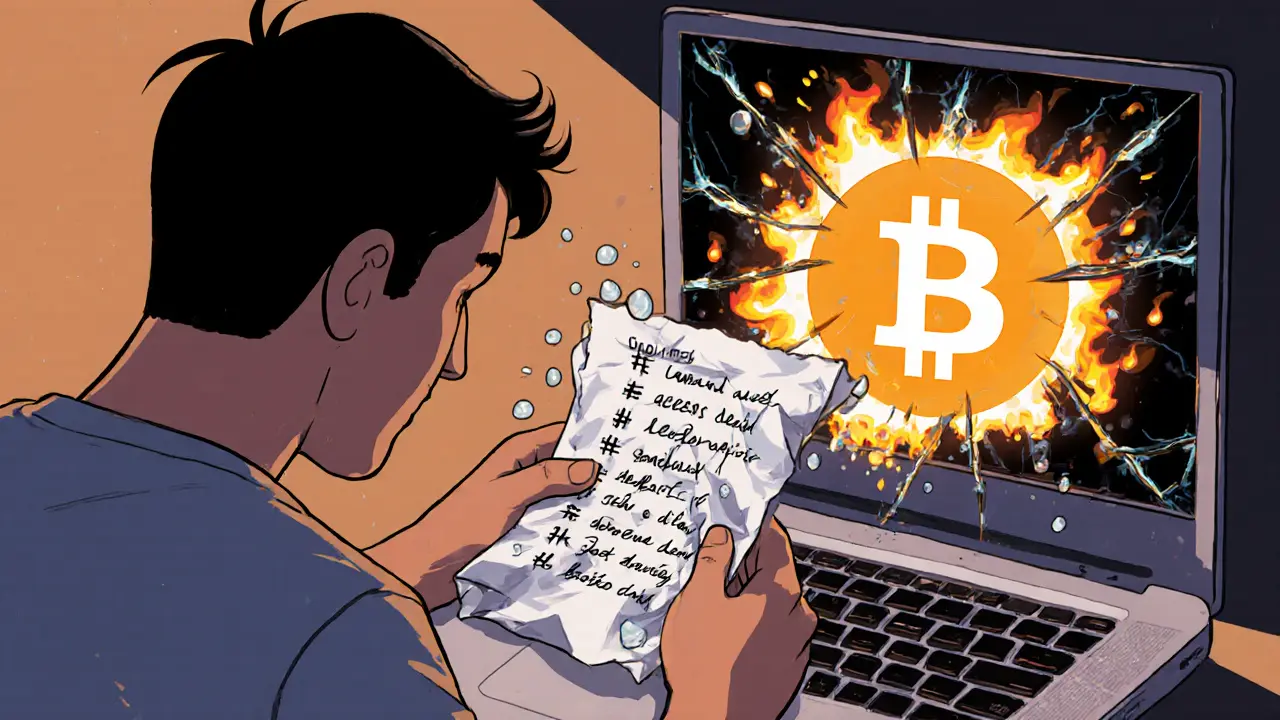Seed Phrase Storage: How to Keep Your Crypto Safe and What Happens When You Don’t
When you set up a crypto wallet, you’re given a seed phrase, a 12- or 24-word backup code that can restore access to all your crypto assets. Also known as a recovery phrase, it’s the only thing standing between you and total loss—if you don’t protect it. No password reset. No customer support. If someone gets your seed phrase, your Bitcoin, Ethereum, or any other token is gone—forever.
Most people treat their seed phrase like a birthday password: written on a sticky note, saved in a phone note, or emailed to themselves. That’s like leaving your house key under the mat. In 2024, over 1.2 million wallets were drained because someone found the seed phrase in a cloud backup, screenshot, or unencrypted file. Your private key, the cryptographic code behind your seed phrase isn’t something you need to memorize—it’s something you need to lock away where only you can reach it. And that means avoiding digital copies, even if they’re "password protected."
There are better ways. A hardware wallet, a physical device like Ledger or Trezor designed to store crypto offline keeps your seed phrase locked inside a tamper-resistant chip. You write it down on metal plates, store it in a fireproof safe, or use a steel backup that won’t burn, rust, or fade. These aren’t fancy gadgets—they’re basic insurance. And if you’re holding more than a few hundred dollars in crypto, skipping this step isn’t laziness—it’s gambling.
What you’ll find in these posts aren’t theory lessons or marketing fluff. These are real stories: the guy who lost $800,000 because he took a photo of his seed phrase, the woman who recovered her wallet after a flood because she used a stainless steel backup, the scammer who posed as a "crypto support agent" and tricked people into reading their seed phrases out loud. This isn’t about being tech-savvy. It’s about being smart. And if you’ve ever wondered why your friend lost everything while you’re still holding on—you now know why.
